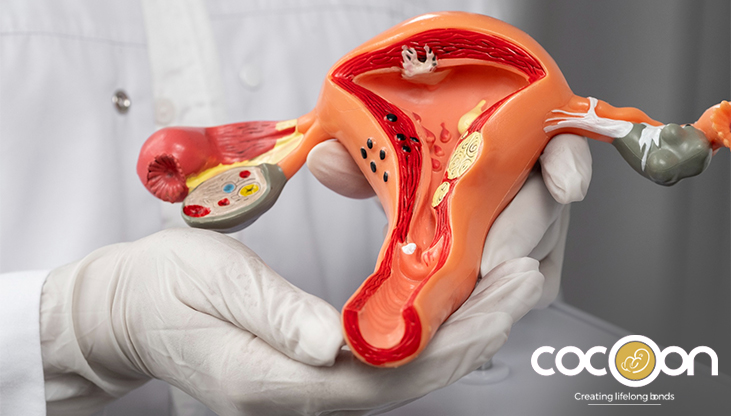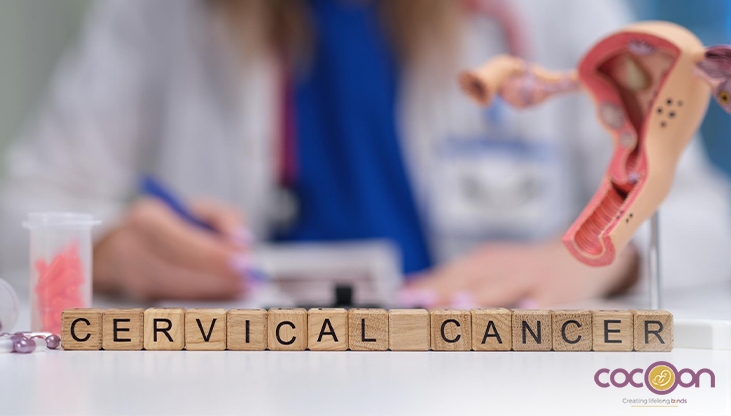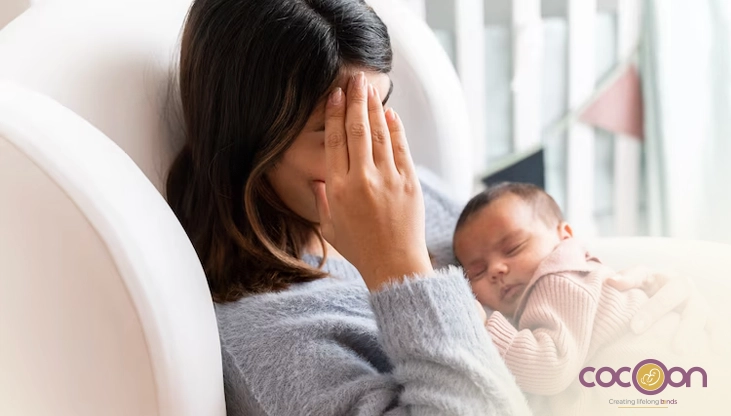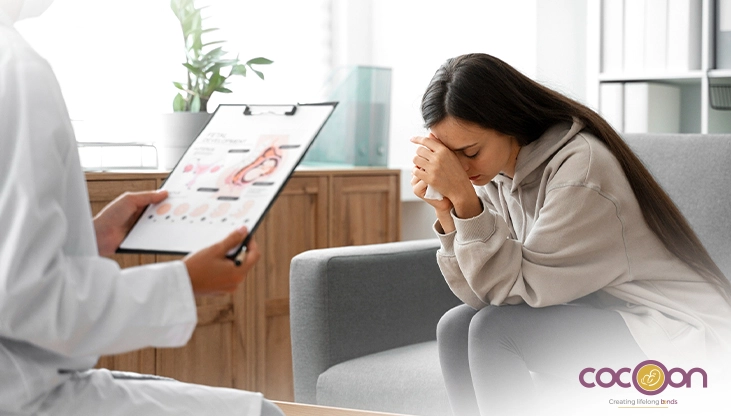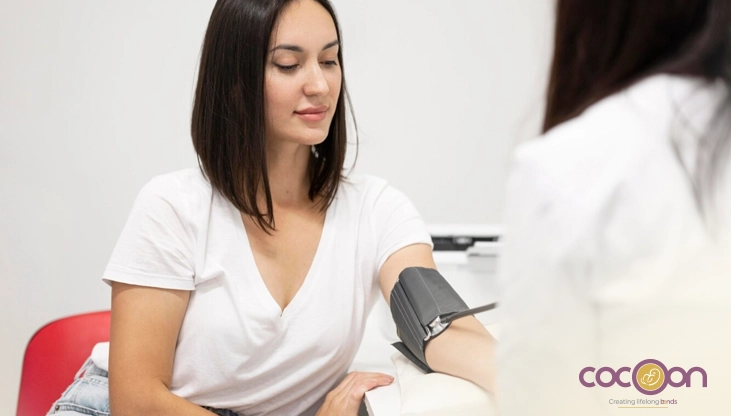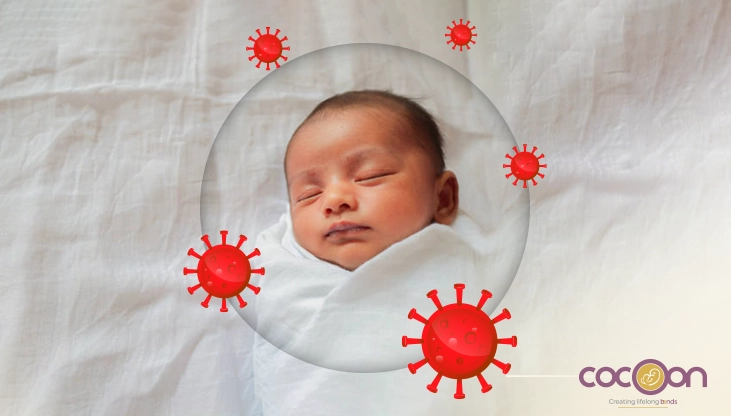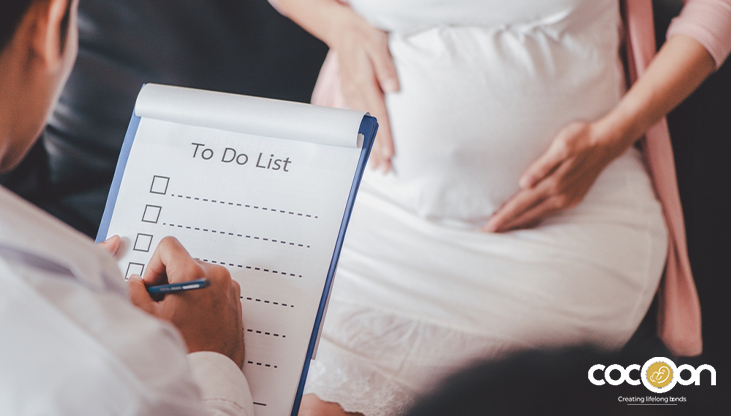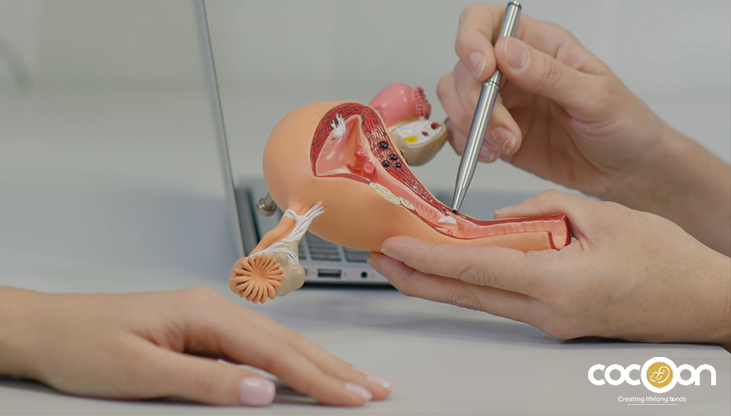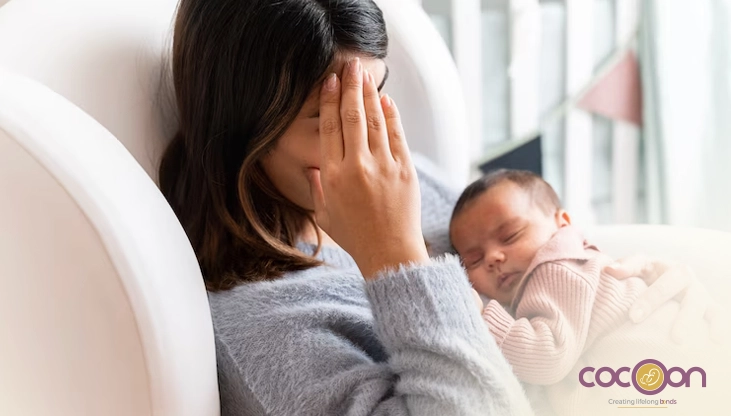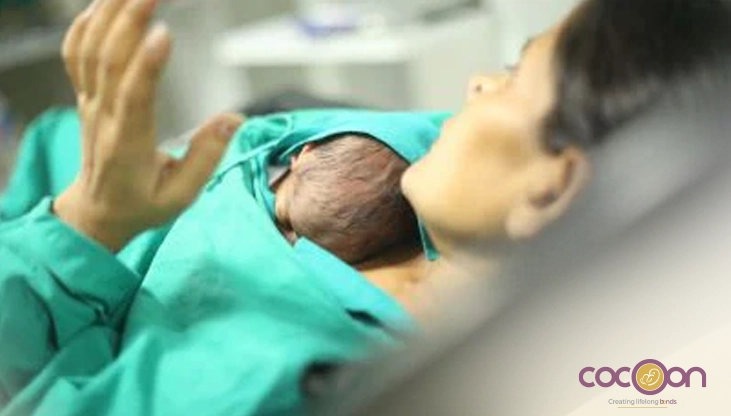Leiomyomas, another name for uterine fibroids, are growths of muscle and tissue that develop in or on the uterine wall. These growths are the most prevalent noncancerous tumour in women and are often benign (not malignant). Among the many symptoms that uterine fibroids may cause are pain and heavy, irregular vaginal bleeding. Some people are unaware that they have fibroids since they don't exhibit any symptoms. Your symptoms will usually determine how you are treated for fibroids.
Fibroids can develop in a cluster or as a solitary nodule (one growth). The diameter of fibroid clusters can vary from 1 millimetre to over 20 centimetres (8 inches) or even greater. Fibroids can range in size from a seed to a watermelon. These growths may appear on the outside of your uterus, inside its main cavity, or inside its wall.
People between the ages of 30 and 50 are most likely to experience them. Individuals who have not yet experienced their first menstrual cycle are generally free of fibroids. Additionally, those who have entered menopause are less likely to have them.
Uterine fibroids are common in many people at some point in their life. However, because they often do not cause any symptoms, you might not be aware that you have them. During a prenatal ultrasound or pelvic check, a doctor can inadvertently detect fibroids. Let’s learn more about symptoms, causes, and effective treatment for uterine fibroids.
What are Uterine Fibroids?
Many women have uterine fibroids, which are benign (non-cancerous) growths in or on the uterus. The majority of fibroids are benign and small. They are typically found by chance. Fibroids may produce heavy menstrual bleeding, period pain, or other symptoms, depending on where they are placed. Treatment options for fibroids are numerous. The best course of action will be heavily influenced by each woman's unique situation, including whether or not she still wants children. Connective tissue and muscle cells make up uterine fibroids.
The position, size, and shape of fibroids can vary significantly. They may appear on the surface of your uterus or in the uterine wall. They may also affix to your uterus via a structure resembling a stalk or stem. Some are too small for your doctor to see with the unaided eye. Others develop into large lumps that may alter your uterus's dimensions.
Usually, fibroids don't cause many problems. Many women, however, are concerned that fibroids might impair their ability to conceive. Only specific kinds of fibroids exhibit this. According to experts, fibroids only account for 1–2% of cases of infertility. The majority of women with fibroids are still able to conceive.
Fertilised egg cells are especially likely to be prevented from settling into the lining of the womb by fibroids that develop close underneath it. Most likely, fibroids that develop outside the womb have no effect on fertility. The impact of fibroids in the uterine wall on fertility is unknown.
Additionally, fibroids often do not raise the chance of pregnancy problems. The only fibroids thought to raise the chance of miscarriage are those found in the womb's wall and beneath its lining. Fibroids most likely have little effect on the chance of an early birth. A caesarean surgery may be required if a fibroid located very low in the womb prevents the baby's head from accessing the lower pelvis during delivery.
Some women fear that fibroids would develop into cancer but fibroids are not malignant. There is no scientific evidence to support the long-held belief that fibroids could, even in very rare instances, progress into malignant tumours like sarcomas.
What are the Types of Uterine Fibroids?
Uterine fibroids can be classified into many categories based on their position and mode of attachment.
Among the several forms of uterine fibroids are:
Intramural fibroids: These are embedded into the muscular wall of your uterus. It’s the most common type of fibroid.
Submucosal fibroids: Such fibroids grow under the inner uterus lining.
Subserosal fibroids: Your uterus's outer lining is where this kind of fibroid develops. They may enlarge to a considerable size and spread into your pelvis.
Pedunculated fibroids: These fibroids, which are the rarest kind, have a stalk or stem that connects them to your uterus. They have a stalk and a broader top, which is why they are often compared to mushrooms.
What are the Symptoms of Uterine Fibroids?
The majority of tiny fibroids are asymptomatic and don't need to be treated other than by your doctor's routine monitoring. Because your body's hormone levels drop after menopause, uterine fibroids typically stabilise or disappear after that. Larger fibroids may result in a number of symptoms, such as:
- Excessive or painful bleeding during your periods
- Bleeding between your periods.
- Bloating
- Frequent urination
- Pain during sexual intercourse
- Lower back pain
- Constipation
- Persistent vaginal discharge
- Inability to pee or completely empty your bladder
- Enlargement of your abdomen
What are the Causes of Uterine Fibroids?
Although the specific reason is uncertain, doctors believe progesterone and oestrogen may be involved. The majority of fibroids occur in individuals who are fertile. According to studies, fibroids typically enlarge during periods of high hormone levels, such as pregnancy, and contract during periods of low hormone levels, such as the menopausal transition. The probability of having fibroids may be influenced by a number of risk factors. These are:
- Obesity
- Family history of fibroids
- No pregnancy
- Early menstruation
- Late menopause
Also Read: Is Pregnancy Possible After Myomectomy?
What are the Effective Treatment Solutions of Uterine Fibroids?
The size, number, and position of uterine fibroids, as well as the symptoms they are producing, can all affect the course of treatment. You might not require treatment if your fibroids aren't causing you any symptoms. Often, small and harmless fibroids can be ignored. There are some women who never have any fibroids-related symptoms or issues. In certain situations, your doctor could suggest pelvic exams or ultrasounds to keep an eye on your fibroids.
Treatment is necessary if you're suffering from symptoms related to your fibroids, such as anemia from excessive bleeding, moderate to severe pain, or issues with your bowels and urinary tract. Your future plans for pregnancy will also determine the optimal course of therapy for you. When discussing treatment options, discuss your fertility objectives with your doctor. Uterine fibroids can be treated in following ways:
- Medications
- Over-the-counter (OTC) pain medications
- Birth control pills
- Oral therapies like Elagolix
- Fibroid surgery
- Myomectomy
- Hysteroscopy
- Laparoscopy
- Laparotomy
- Hysterectomy
- Uterine fibroid embolization
- Radiofrequency ablation (RFA)
Conclusion
Uterine fibroids are a common condition that many people experience during their lives. Mostly, fibroids are small and show no symptoms at all. At other instances, fibroids may result in severe symptoms like pain and copious urination. Any pain or discomfort should be discussed with your gynaecologists because fibroids can be successfully treated.
This article gave you an insight to symptoms, causes, and effective treatment options for uterine fibroids. Find the right solution for your uterine fibroids at Cocoon Hospital. Book your appointment with our expert gynecologists today!
FAQs
Q1: Are fibroids cancerous?
A: No, uterine fibroids are almost always benign (noncancerous). The risk of them becoming cancerous is very low.
Q2: What causes uterine fibroids?
A: The exact cause is unknown, but factors like hormonal changes (estrogen and progesterone), genetics, and lifestyle may contribute.
Q3: Are fibroids cancerous?
A: No, uterine fibroids are almost always benign (noncancerous). The risk of them becoming cancerous is very low.
Q4: What causes uterine fibroids?
A: The exact cause is unknown, but factors like hormonal changes (estrogen and progesterone), genetics, and lifestyle may contribute.

